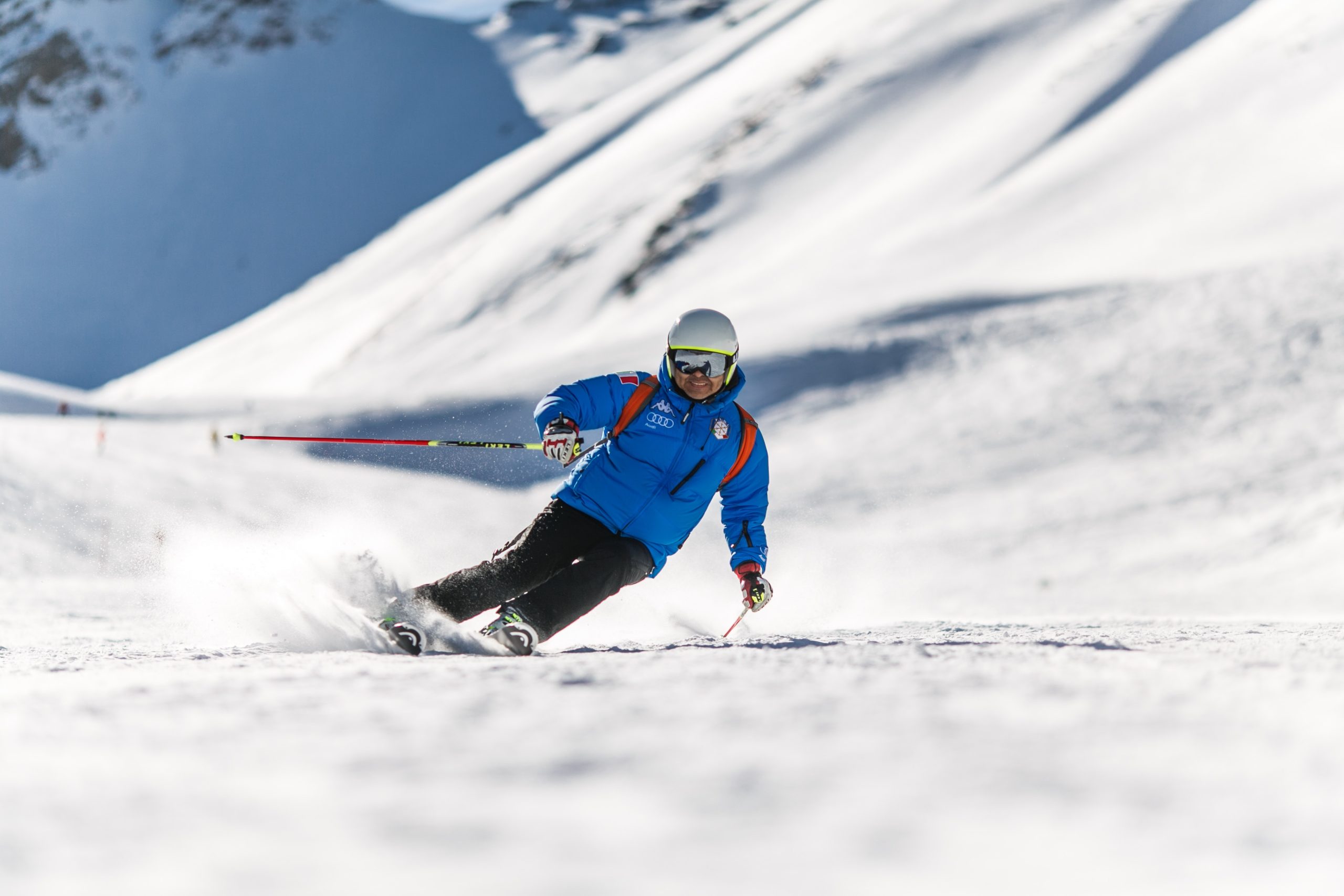It’s December, and for many of us in Vermont, that means ski season. Today Vermont ski accident attorney Drew Palcsik shares a few thoughts on personal injuries that arise from injuries at a ski area. Let’s jump into today’s topic.
Common types of ski accident injuries
From a lawyer’s perspective, several incidents can lead to an injury in a ski area.
Negligent Skiing Behavior
Generally speaking, each skier or snowboarder at a ski area is responsible for being aware of their surroundings and sticking to trails within their skill level. Skiers headed uphill must keep an eye out for skiers heading downhill. Skiers entering a new trail must look around and check uphill before entering a new course. Skiers headed uphill must avoid people headed downhill. Skiers entering a new trail must look uphill and ensure their path is clear.
Malfunctioning Ski Equipment
Injuries can also occur where your binding doesn’t release or other equipment doesn’t operate as it’s supposed to, or a skier can get hurt because the ski patrol didn’t close a trail that was too icy or didn’t have enough snow.
Ski Lift Accidents
Injuries are also possible from an improperly operated lift or if a lift attendant is careless when loading or unloading a skier. These differences are important for a few reasons. Each type of injury requires proof of harm. It also determines insurance to cover the damage and how much money is available.
Can You Sue Someone for a Ski Accident?
Before filing a ski accident claim, you need to know who is responsible.
Is it another skier?
Is it the equipment manufacturer?
Is it the rental company, or is it the ski area itself?
Once you establish who is at fault, you need to find the proof necessary to make a successful claim. At a basic level, each situation describes a different version of what we lawyers call negligence or the failure to exercise reasonable care under the circumstances.
Ski Lift Injuries
Lift service operations at ski areas need to do better than just avoiding negligence or carelessness. Ski areas and ski lift operators are held to a higher standard than ordinary people or businesses.
Skier Collision Injuries
 A case involving a collision between skiers will require an investigation into the skill level of the other skier. Lawyers may also ask if the other skier was skiing under control, impaired by alcohol, or otherwise negligent.
A case involving a collision between skiers will require an investigation into the skill level of the other skier. Lawyers may also ask if the other skier was skiing under control, impaired by alcohol, or otherwise negligent.
Negligent Ski Area and Equipment Maintenance
A case involving trail hazards may require an investigation into the maintenance and inspection practices of the ski area. At the same time, a malfunctioning equipment case will probably require research into the manufacturer, design, and maintenance of the ski boot or binding.
Is Your Ski Collision Worth a Lawsuit?
Understanding who is at fault matters because it dictates who is responsible for making you whole. An individual skier may or may not have insurance coverage available, while the ski area or manufacturer certainly will.
Regardless of the fault and how it’s proven, you should be compensated for all harms and losses caused by careless conduct. You can receive compensation for medical expenses, lost wages, and other human losses that result from the injury. Human losses include pain, suffering, inconvenience, and embarrassment, which the law calls damages.
What To Do After A Ski Area Injury
After a ski area accident, report your injury to the ski patrol. Be sure that ski patrol notes whether another person was involved, if your injury involved any equipment, or if trail hazards played a role.
Next, if you can, get some photographs of any trail hazards in the condition they existed when you were hurt. Ski trail conditions can change daily, if not hourly, and you may have difficulty proving a case if you don’t have a good photo of what the ski area looked like at or near the time you were hurt.
Finally, it is essential to know your statute of limitations to file your claim. In Vermont, you must bring a claim arising from an injury at a ski area within a year.
Summary
Not all ski area injuries are the same. Some involve people, some involve equipment, and some involve terrain. Each type may have a different kind of evidence that will be important to prove your claim.
Number two, different injuries may have different outcomes depending on who’s responsible and their financial ability to pay to make you whole.
Finally, if you are hurt in a ski area, be sure to alert safety personnel. Collect photographs of any conditions or equipment involved, and ensure you lock down the identity of any other persons involved or witnesses to the incident that led to your injury.
Contact Us Today
If you want to work with experienced Vermont personal injury lawyer Drew Palcsik about your injury claim, feel free to call our office or send us a message using our contact form. We serve clients at Burlington, Middlebury, Vermont, and Plattsburgh, New York offices.




